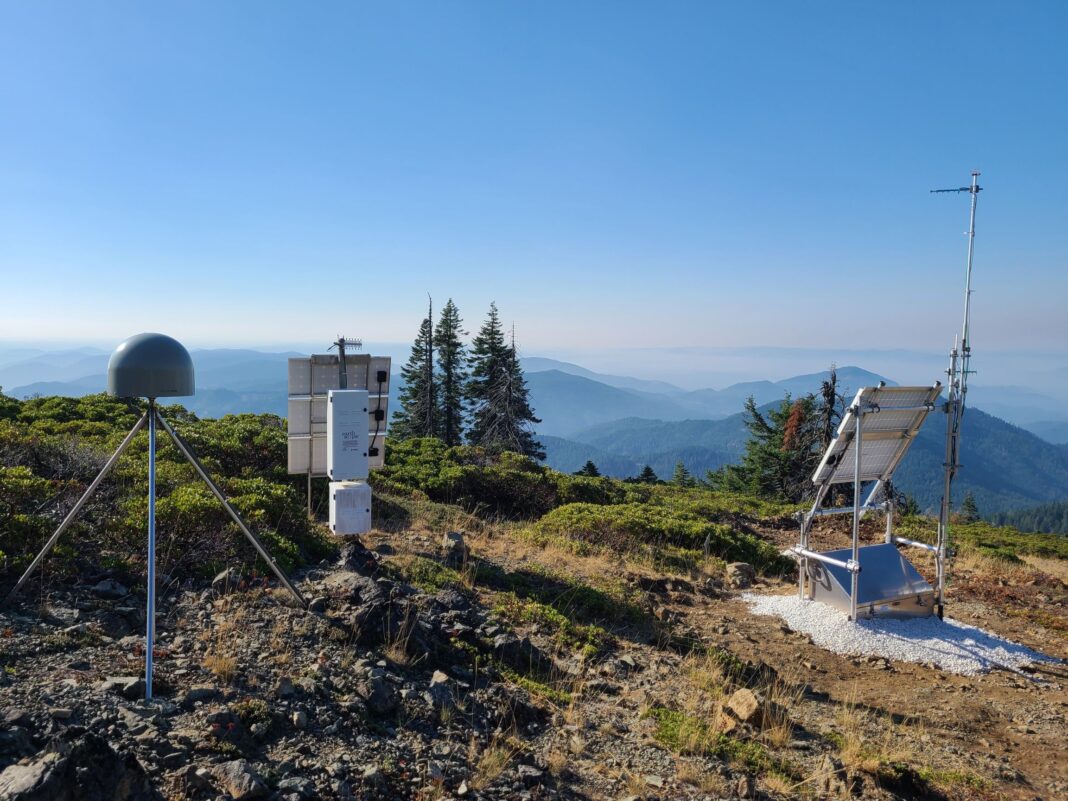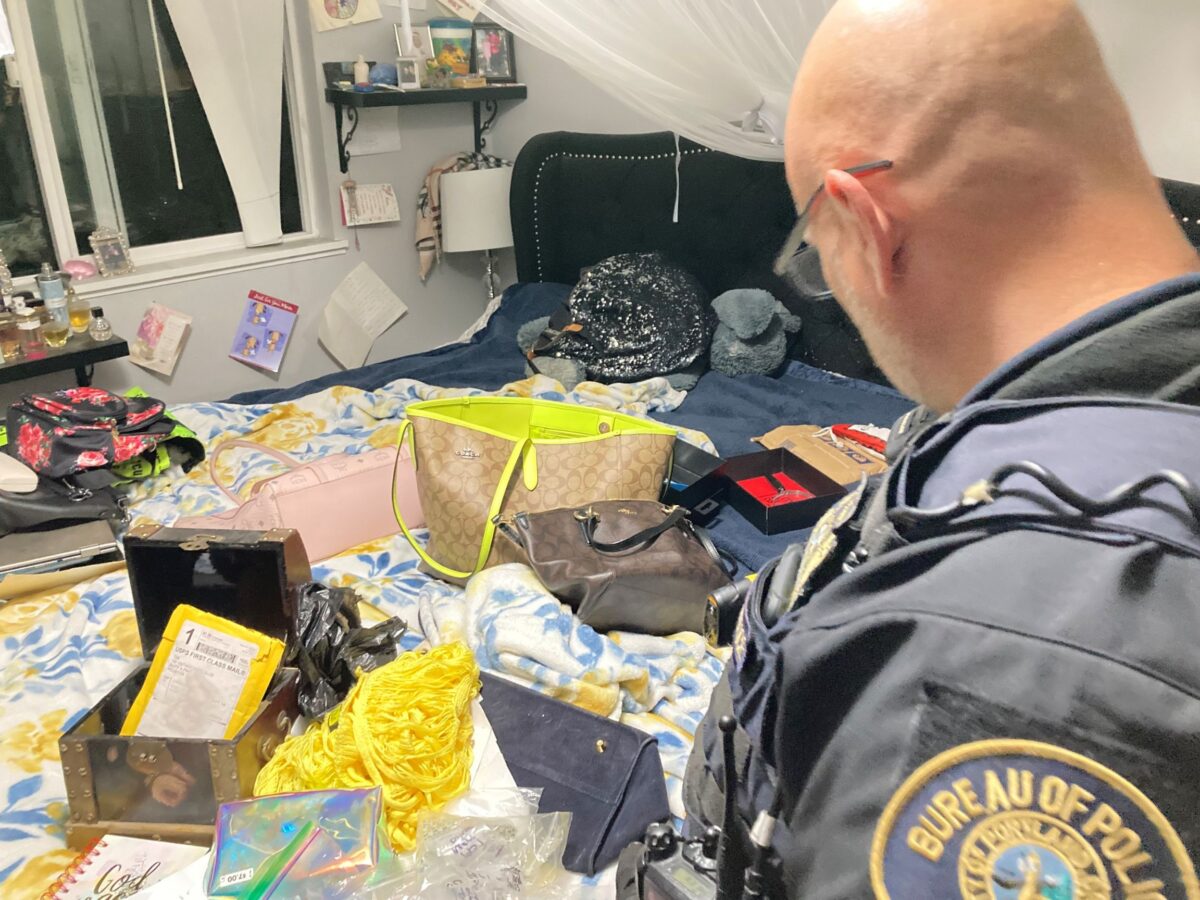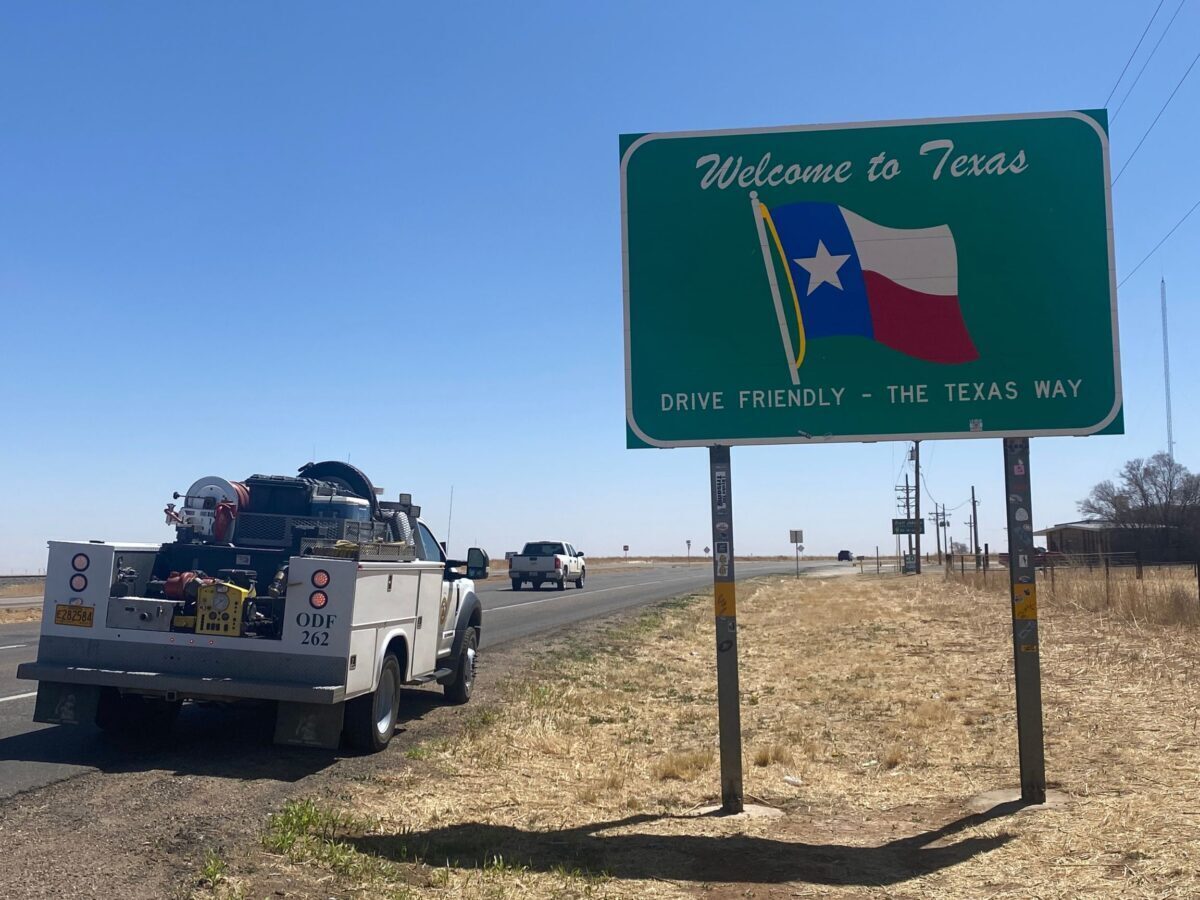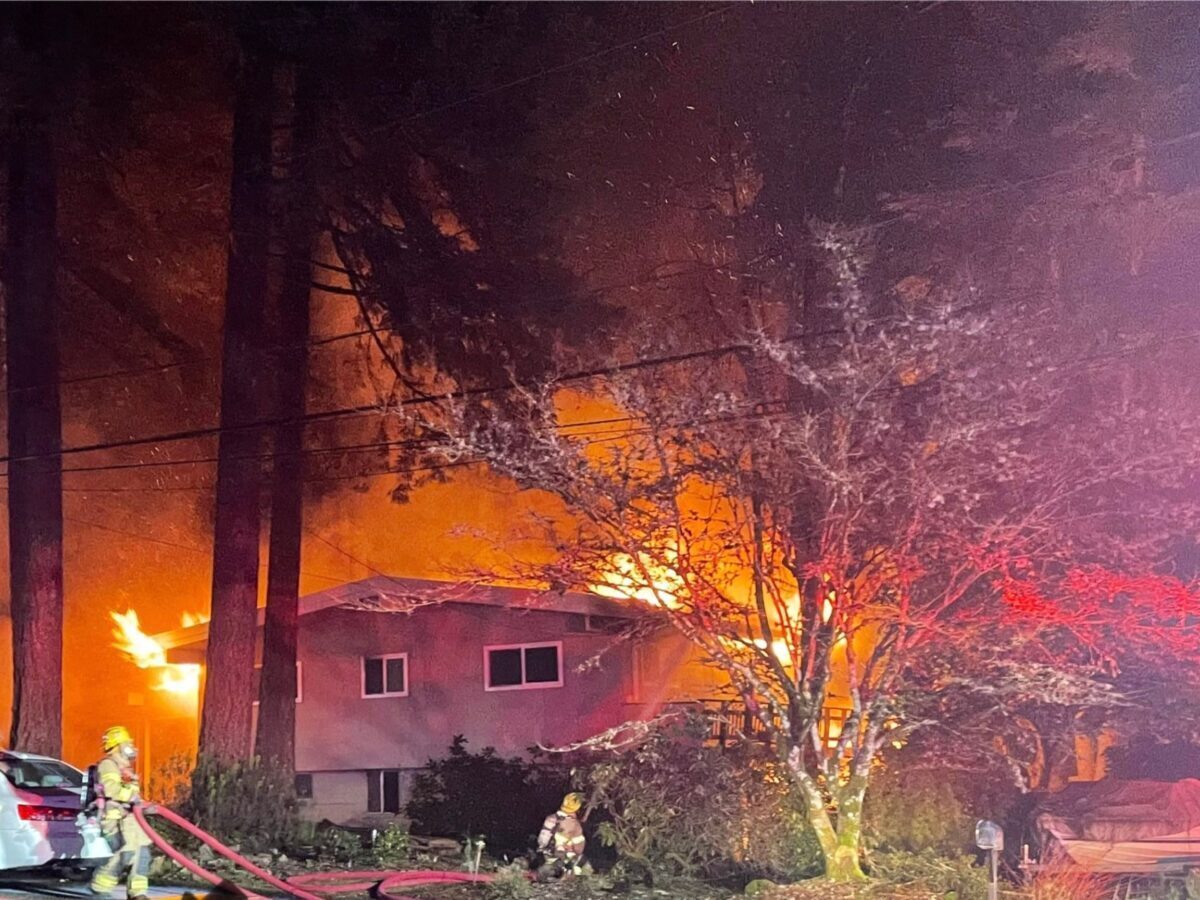Today marks three years since the ShakeAlert® Earthquake Early Warning System went live in Oregon. The earthquake detection tool, operated by the U.S. Geological Survey (USGS), uses science and technology to detect significant earthquakes so alerts can be delivered to people on their cell phones before damaging shaking arrives at their location. ShakeAlert can save lives and reduce injuries by giving people seconds to take protective action, such as Drop, Cover and Hold On, or to move away from hazardous areas if they feel shaking or get an alert.
“ShakeAlert arrived in Oregon 10 years to the date of the devastating 2011 Tōhoku earthquake and tsunami in Japan, which was a wake-up call for those of us on the West Coast facing the looming threat of a Cascadia Subduction Zone earthquake,” said Oregon Department of Emergency Management Director Erin McMahon. “ShakeAlert is a lifesaving tool that can offer critical seconds of warning before we feel the impacts of an earthquake, alerting people to protect themselves.”
The Pacific Northwest Seismic Network (PNSN) installs, operates, and maintains the seismic monitoring stations that contribute real-time data to the ShakeAlert System. The PNSN is cooperatively operated by the University of Washington, the USGS and the Oregon Hazards Lab at the University of Oregon.
In the three years since ShakeAlert arrived in Oregon, the system has made several accomplishments in Oregon to help individuals, facilities and critical infrastructure better prepare for an earthquake. Today, there are 219 seismic monitoring stations across Oregon contributing data to the ShakeAlert System, a 38% increase from when the system debuted. Increasing the density of these stations improves alert speed, accuracy and reliability. The network is 98% complete in Oregon and should reach 100% by the end of 2024. This growth can be attributed to investment from the State of Oregon and recurring funding from the USGS ShakeAlert program.
“The seismic network captures in real-time the complex dynamics of both normal background seismicity and major subduction zone earthquakes,” said Oregon Hazards Lab Director Doug Toomey. “This data not only enables rapid earthquake detection, but also enables scientists to better model the specific local and regional impacts of future earthquakes. That knowledge will help communities better prepare by improving infrastructure and creating more informed emergency plans.”
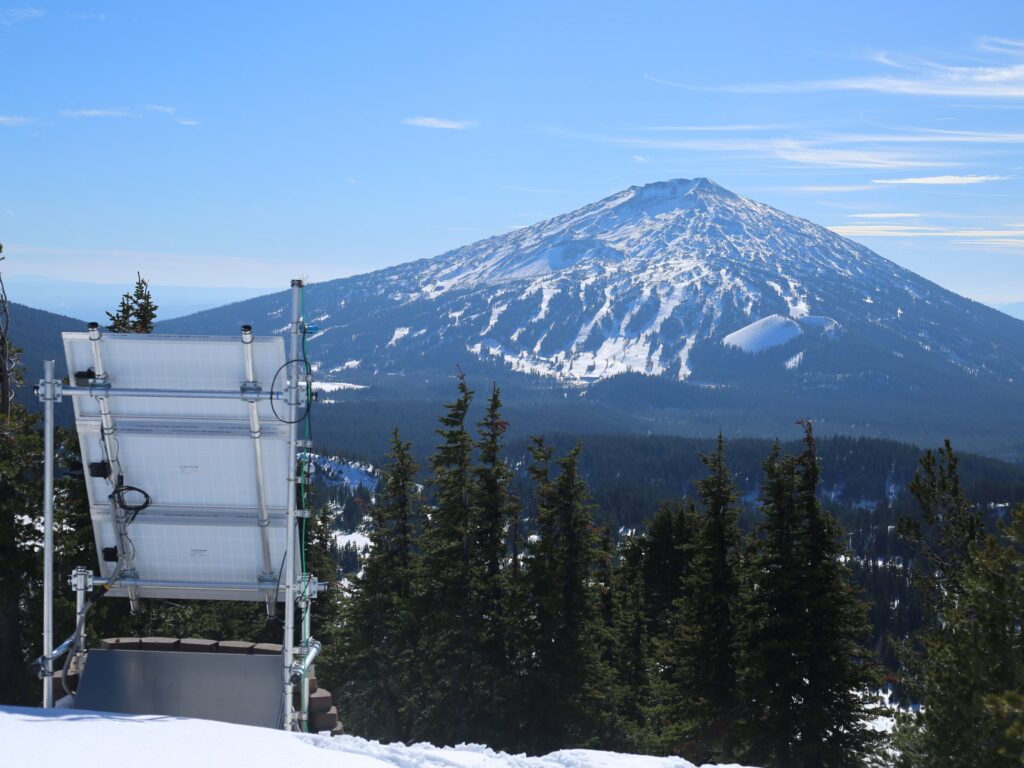
ShakeAlert also can protect people and infrastructure by triggering other pre-programmed actions upon earthquake detection, such as slowing trains to prevent derailments, opening firehouse doors so they do not jam shut, activating hospital generators to ensure continuity of service, and closing valves to protect water and natural gas systems. Two utilities in Oregon are programming an alert delivery system using ShakeAlert data, and six more have worked with a licensed vendor to connect their control systems to the ShakeAlert System. Additionally, one university, one school district and one hospital in Oregon are end-users of ShakeAlert. These automated action implementations allow communities to recover from an earthquake faster.
Seven alert delivery partners in Oregon can currently integrate ShakeAlert technology into community lifelines, facilities and critical infrastructure. They include Early Warning Labs, Varius, Valcom, RH2 Engineering, Kinemetrics, SkyAlert and GSSNet/AlertFM.
There are several ways to get ShakeAlert-powered alerts on your cell phone:
- Wireless Emergency Alerts (WEA): These text-based alerts are sent by authorized national, state or local government authorities regarding public safety emergencies, such as severe weather, missing children or the need to evacuate. Wireless Emergency Alerts are broadcast to geographic areas affected by an emergency and sent to participating wireless carriers, which push the messages out. Wireless Emergency Alerts arrive automatically on most cell phones. You do not need to sign up, but you do need to check your phone’s settings and enable Wireless Emergency Alerts or Government Alerts.
- Android Alerts: Android phones have a built-in service that works with ShakeAlert to deliver push notification-based alerts. The warnings pop up automatically on your phone’s lock screen, as long as you have location services and emergency notifications enabled. Go to Settings ➝ Notifications ➝ Advanced Settings ➝ Wireless Emergency Alerts ➝ All Government Alerts, including tests.
- iPhone Alerts: Government alerts are turned on by default on iPhones. Such alerts are accompanied by a special sound that is like an alarm. In iOS 17.2, Apple added a new Local Awareness option for Emergency Alerts. Enabling Local Awareness uses your approximate location to improve the timeliness, accuracy and reliability of emergency alerts. Go to Settings ➝ Notifications ➝ Emergency Alerts ➝ Local Awareness.
- MyShake App: This app can be downloaded for free on the Apple iTunes and Google Play stores.
The Cascadia Subduction Zone is a 600-mile fault that runs from northern California up to British Columbia and is about 70 to 100 miles off the Pacific coast shoreline. There have been 43 earthquakes in the last 10,000 years within this fault. The last earthquake occurred on Jan. 26, 1700, with an estimated 9.0 magnitude; it also sent a large tsunami to the coast of Japan.
In addition to enabling WEA and ShakeAlert on phones, the Oregon Department of Emergency Management advises Oregonians to sign up to receive local emergency notifications at oralert.gov; create and practice a household emergency plan that includes where to meet and how to communicate in the event of a disaster; build a home emergency kit with at least two weeks’ worth of food, water and critical supplies for each person and pet; and pack a go-bag in case of evacuation.
Learn more about the ShakeAlert Earthquake Early Warning System at ShakeAlert.org. Learn more about individual and community disaster preparedness at oregon.gov/oem/Be2WeeksReady.


